Episode 512 - Flower Foraging!
Episode 512 - Flower Foraging
Today we’re learning about foraging for plants and herbs from an expert, then we’ll make arrangements with our foraged botanicals, a Nice Reward for Foraging- and finally we'll mix up a lavender collins flower cocktail, and create projects with pine cones and moss.
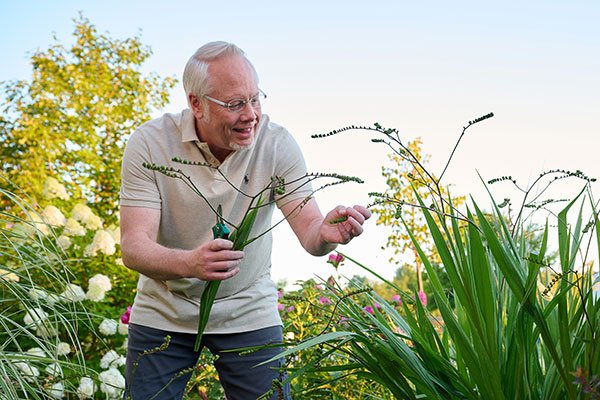
“You can't be an armchair forager.” - Lisa Rose
More than once in my life have I foraged for flowers and foliage to arrange or add to a bouquet, sometime referred to as “Road-sidia.” However there are guidelines that are wise to follow - for example, you want to be able to harvest again in the future, so it’s important to limit what you take any single time. Herbs and other plants found in nature - whether in a rural or urban location, or even from your yard - can also be harvested and utilized in many ways. You can forage in your garden for botanicals that seem past their prime for a creative outcome to arrangements. One can also forage in the home for unexpected containers for a bouquets and unusual objects for other arrangements. Let’s discover what can be foraged, in this episode of Life In Bloom.
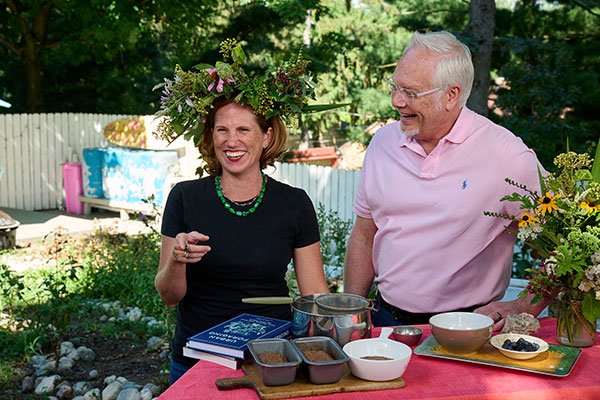
Foraging with Flower Friend: Author and Herbalist Lisa M. Rose
J learns about foraging and identifying plants from Author and Herbalist Lisa Rose, then Lisa describes harvesting Acorns and making flour and bread.
Lisa’s Books are from Timber Press - Midwest Foraging - Medicinal Plants of the Midwest, and Urban Foraging (Her newest book with blue cover)
Note from Lisa - An Herbalist uses plants for health and wellness - there is no formality around being or becoming an herbalist. Lisa also offers this sage advice- and it’s a wonderful rule to remember when Foraging: "Forage safely: go with an expert and use a field guide."
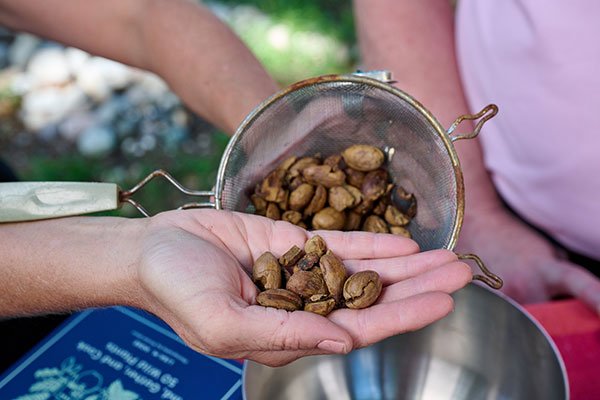
Today we’re getting outside for a bit of foraging with my expert friend Lisa Rose -
Lisa is an herbalist, forager, and author and I knew she’d be the perfect person to learn from…
We met as guests on the same local radio program about gardening and I was immediately struck by not only your depth of knowledge, but your positive energy, how did you become so knowledgeable about plants in the wild…
I am also a huge fan of Lisa’s botanical blends - specifically your gypsy rose tea, which has come to my rescue more than once…
I have in the past foraged for flowers and have always been careful to do so with permission, but also being careful how much I harvest - I want to be able to do so again, right?...
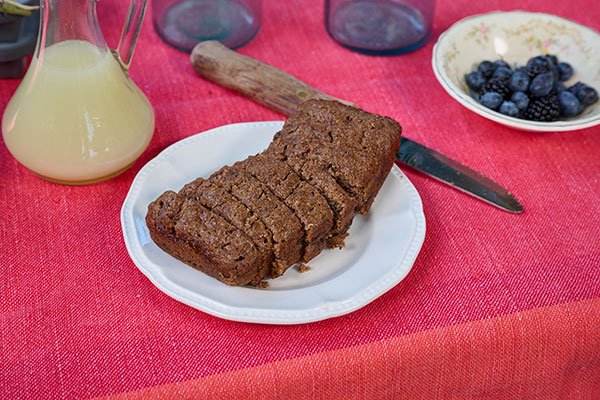
The use of herbal remedies has grown in popularity in recent years.
You’ve authored books on foraging but also have a book of recipes called Urban Foraging - tell us a bit about that…
here’s an opening Description from a lecture that fits content to cover:
Join herbalist, forager and author Lisa Rose on a wild journey to learn about local plants that can be used for food and herbal medicine. Come away with tips on proper identification, harvesting ethics, traditional uses, and recipes.
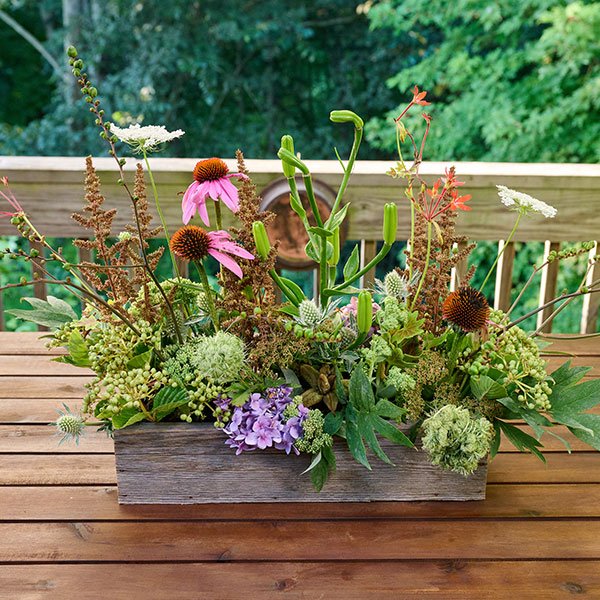
Smaller Scale Foraging in the Garden
J forages in the Garden and makes an arrangement.
Foraging stems for arrangements can include your own garden. Especially for stems that you might think are past their prime. As blooms progress they often become interesting in a different way as pods and seeds are forming. Dried stems also make wonderful additions. Let’s make an arrangement with what I’ve collected…
J creates an easy arrangement with items from the garden that are overlooked, evolved, or “past their prime” (or past their main season).
Featured in J’s Arrangement are Lily pods, Allium pods, Echinacea pods, Hosta pods, Crocosmia pods, Queen Anne’s Nest
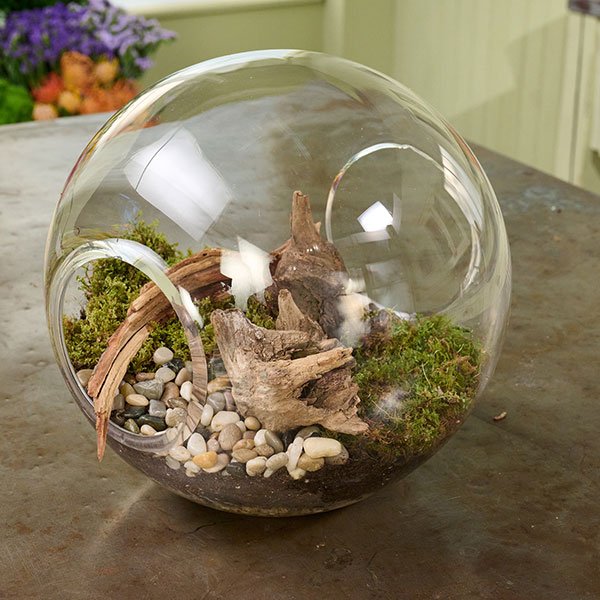
Mossarium / Moss Garden #FlowerCraft
- Mossariums are Popular in the far East - Now more popular in the West
- Mossaria - clean enclosure used to grow moss
- Mossaria translates to - Container of Moss
- Moss is easier care than plants - i.e. terrariums
- Lighting is important - Indirect low lighting because moss thrives in shade
- Good air flow required
- Key Layers for Mossarium - easy to obtain but vital to the longevity of the Moss
- Drainage Layer - Gravel, Rock, Activated Charcoal
- Substrate Layer - Potting soil - needs to be moist at all times
- Hardscape Layer - Rocks or wood
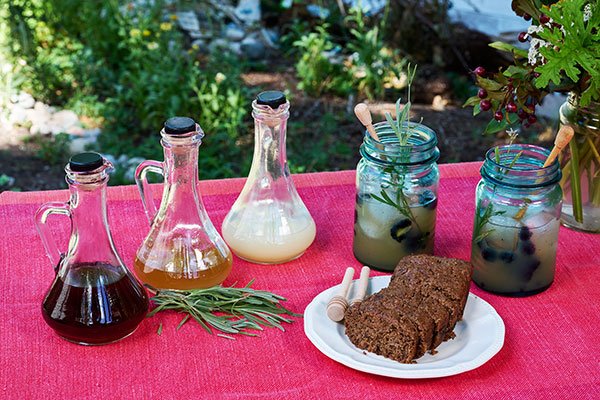
Cocktail Recipe with GUEST Lisa Rose
GUEST Lisa Rose shares a Cocktail recipe with foraged ingredients
We’ll make a Lavender Collins using
Lavender infused Gin - use inexpensive gin and harvest Lavender from garden
Fresh Lime Juice
Maple Syrup - Tapped from Lisa’s own tree
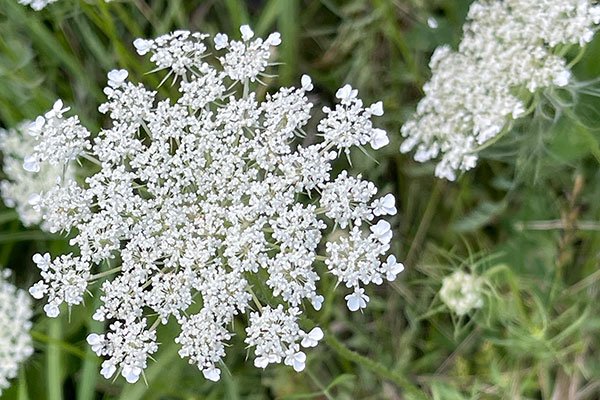
Featured Flower: Queen Anne’s Lace
Facts / Trivia - https://en.wikipedia.org/wiki/Daucus_carota
- Queen Anne's lace is a white, flowering plant also known as wild carrot, bird's nest, or bishop's lace
- The plant grows between 1 and 2 ft tall, and is roughly hairy, with a stiff, solid stem.
- The flowers are small and dull white, clustered in flat, dense umbels. The umbels are terminal and approximately 3–4 inches wide
- flowers may be pink in bud and may have a reddish or purple flower in the center of the umbel.
- The function of the tiny red flower, colored by anthocyanin, is to attract insects.
- Queen Anne’s Lace blooms in summer and fall. It thrives best in sun to partial shade and is commonly found along roadsides and in unused fields.
- In some locations, it proves to be a beneficial weed can be used as a companion plant to crops.
- Both Anne, Queen of Great Britain, and her great grandmother, Anne of Denmark, are taken to be the Queen Anne for whom the plant is named.
- Queen Anne’s Lace is so called because the flower resembles lace, prominent in fine clothing of Queen Anne’s day; the red flower in the center is thought to represent a blood droplet where Queen Anne pricked herself with a needle when she was making the lace.
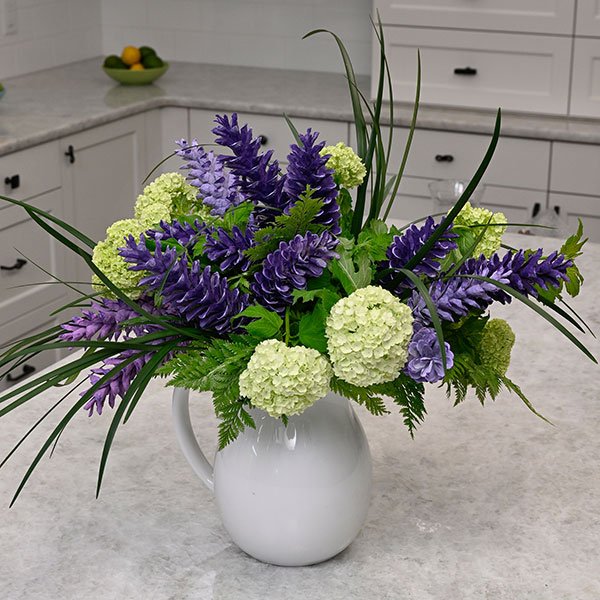
Pine Cone Flower Art #FlowerProject
J creates flower art with pine cones using a White Pitcher that was a gift from Life in Bloom Viewer- Jackie Buys
J will create - Lavender Painted Pine Cones to look like Lilacs
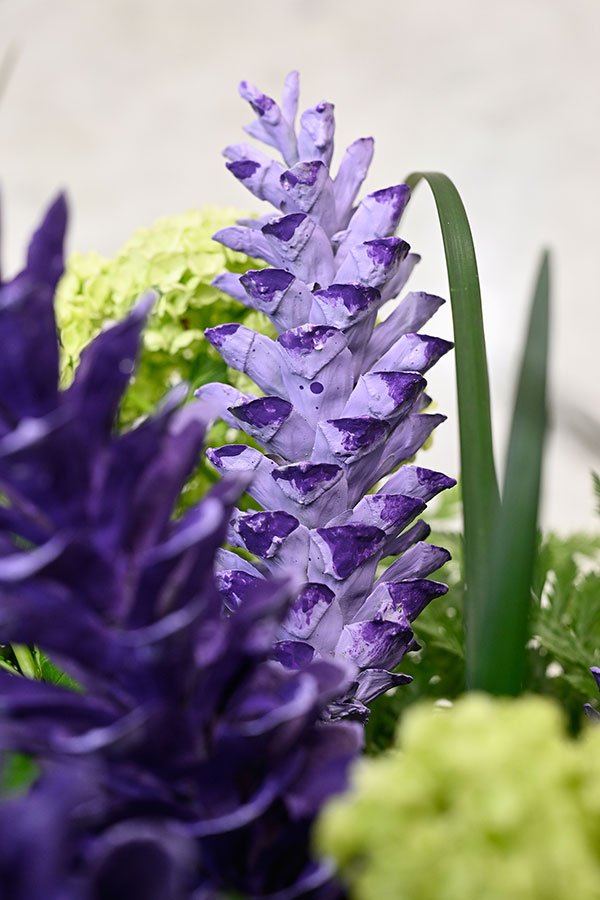
365 Flower Idea/Tip/Trick - using bubble wrap- as an applicator for paint to get a dappled application that provides a textural dimension and mottled impression for this fun flower project. J shares this on the Pine Cones he will be using in this week’s #FlowerProject
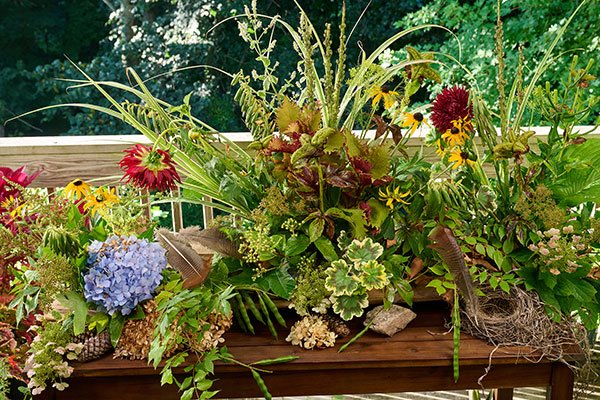
Flower Arrangement with Foraged Materials
J creates a more advanced - elaborate arrangement with foraged materials - using a found piece of driftwood from an excursion to Lake Huron!
This project will additional include- Stones, Bark, Driftwood, Rocks, Shells, Branches, Moss, Queen Anne’s Lace, and other foraged items- as well as Beautiful Flowers!
Viewer Feedback- Jackie Buys
It’s time to share some Flower Fan Mail-
Today I have 4 photos to share with you from viewer Jackie Buys, one of which includes flowers in a favorite container of hers - a white pitcher similar to the one earlier in today’s show…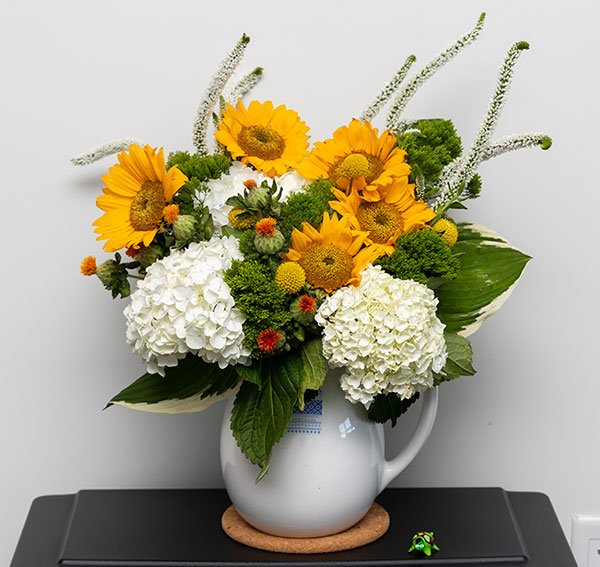 Jackie wanted to share her FAVORITE Vase- with me- and sent my Own White Pitcher- so I want to share these Beautiful Flower Creations Jackie creates – for her “Life in Bloom”…
Jackie wanted to share her FAVORITE Vase- with me- and sent my Own White Pitcher- so I want to share these Beautiful Flower Creations Jackie creates – for her “Life in Bloom”…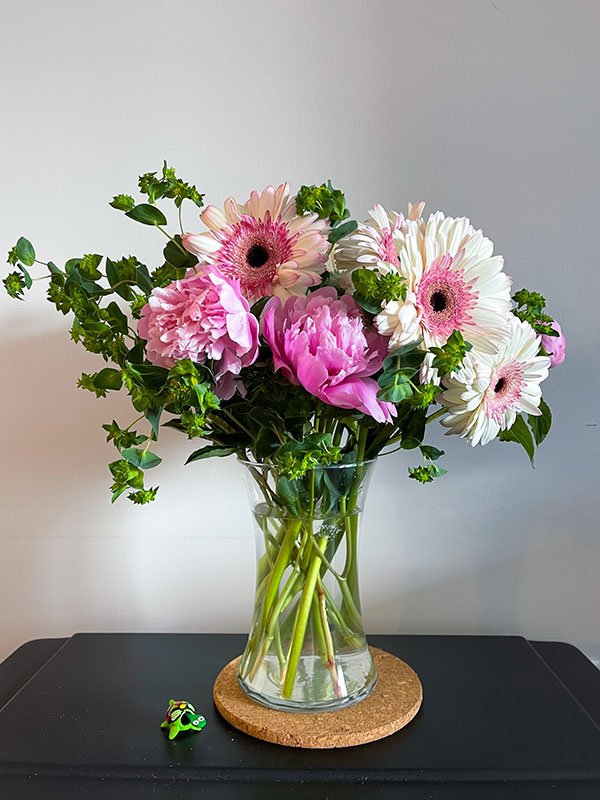
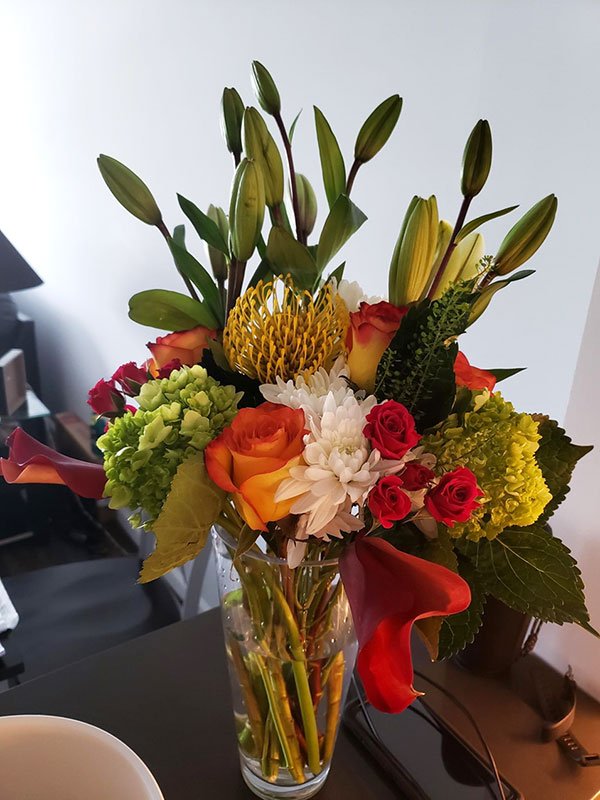
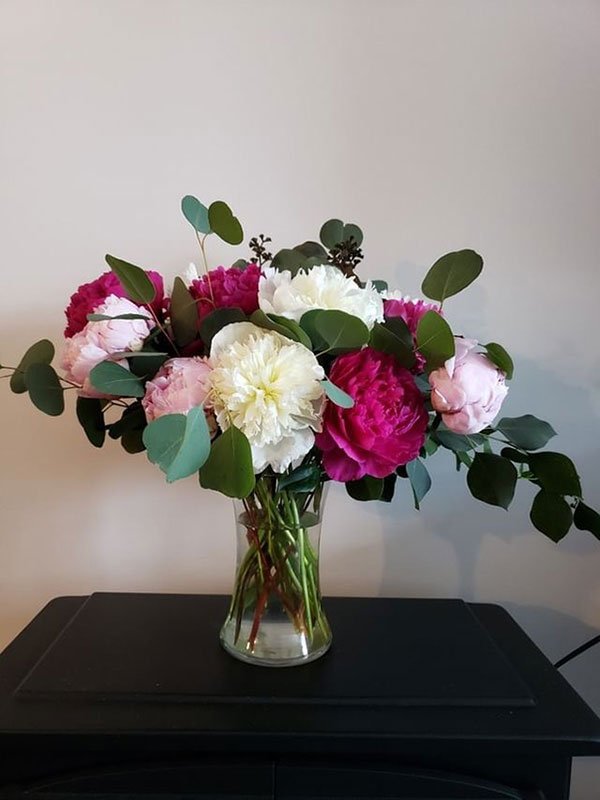 I LOVE to see what you create with flowers inspired by Life in Bloom - we call your arrangements “Schwankes” after a viewer’s nickname. Send them to j@ubloom.com - the letter j at the letter u- bloom.com and watch for more Schwankes on upcoming shows
I LOVE to see what you create with flowers inspired by Life in Bloom - we call your arrangements “Schwankes” after a viewer’s nickname. Send them to j@ubloom.com - the letter j at the letter u- bloom.com and watch for more Schwankes on upcoming shows
Are you inspired to forage a few flowers for your own bouquet? If so, you now have guidelines to do so with care and with conservation in mind. For Life In Bloom, I’m J Schwanke.

